One of the most graceful trees used in the landscape is the Japanese Maple (Acer palmatum). Native to Japan, the Korean peninsula, parts of China, and eastern Mongolia, this tree is one of the aristocrats in the home landscape.
Years ago, when I first worked in a garden center, the shipments of Japanese maples were delivered with their soil balls intact (balled and burlapped). As these trees came off the delivery truck, they were heeled (temporary planting) into the nursery’s most prominent bed to catch the consumers’ attentions. This delivery was so special that often times the owner would come out to personally price each tree. Later, equally as large Japanese maple trees were being grown in plastic 3-5 gallon plastic pots. Though still priced high, the prices were about one-third the price of the balled and burlapped trees.
Some varieties of Japanese maple can grow 15 to 20 feet, while other varieties grow only 3-8 feet. These variations of growing heights as well as different tree shapes and leaf colors allows the Japanese maple to be utilized in many different landscape situations.
The Japanese maple leaf has the appearance of a palm. And the many different varieties also have palm shapes with some variations. Generally, the leaves are palm shaped with 5 to 7 lobes.
The color of the different varieties range from shades of greens to variations of red. Some of the maples leaf out with a bright yellow leaf, which gradually turns green. Generally, both the red-leafed and green-leafed Japanese maples have great fall colors. Some of the green varieties produce colors, which rival the North American autumn colors of the native sugar and red maples.
Growers over the years (centuries in fact) continue to introduce a variety of different shapes of this tree into the home and garden landscapes. Though naturally a multi-stemmed tree, the tree comes in a variety of shapes as a low-weeping shape to the same low-weeping shape grafted to a straight trunk. These varied shapes and leaf colors allows the tree to be used as a specimen tree (only one tree) to be placed strategically in a landscape as a corner planting or used in the most formal of gardens as special piece of garden statuary.
Generally, the tree prefers a moist well-drained location and does well in a semi-shaded location, though many trees of the larger varieties are thriving in very open sunny areas.

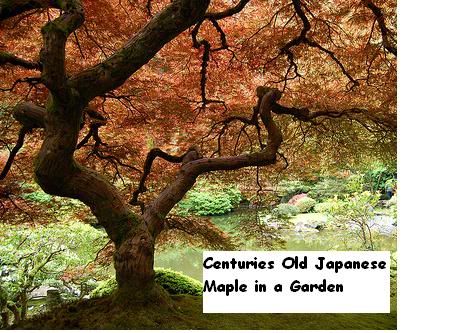
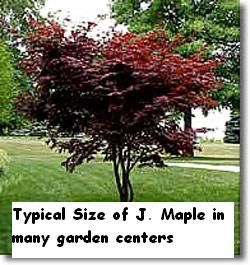

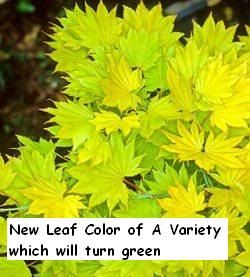
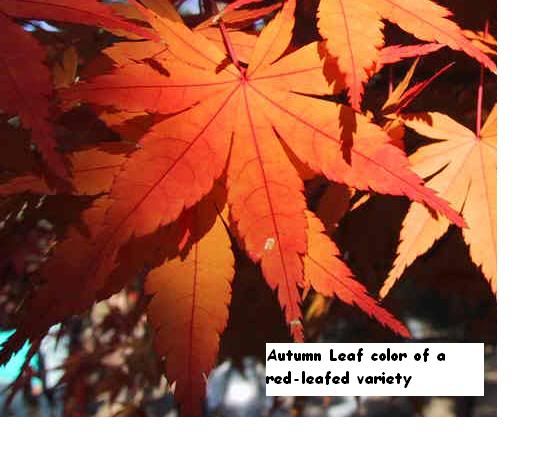
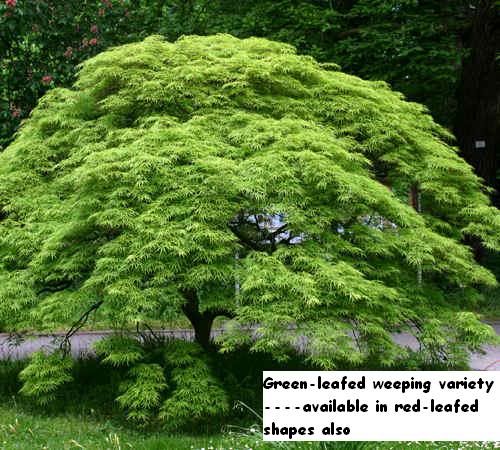
No comments:
Post a Comment